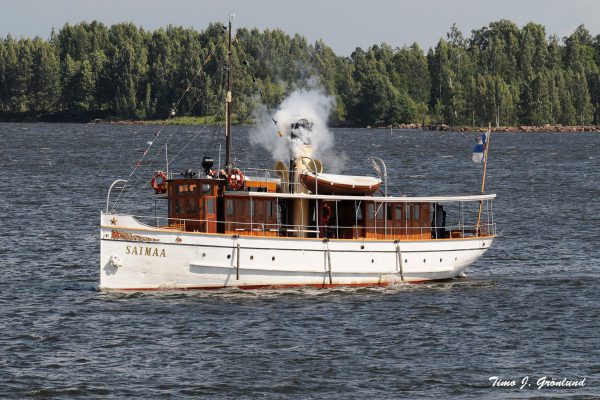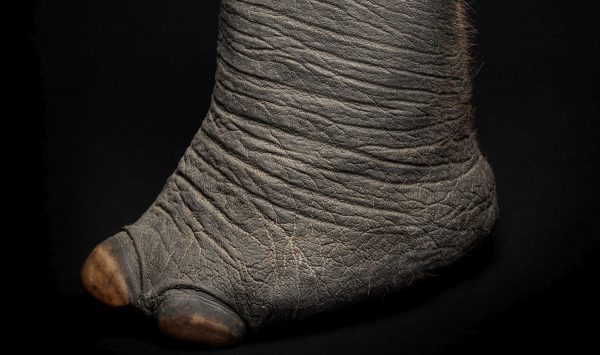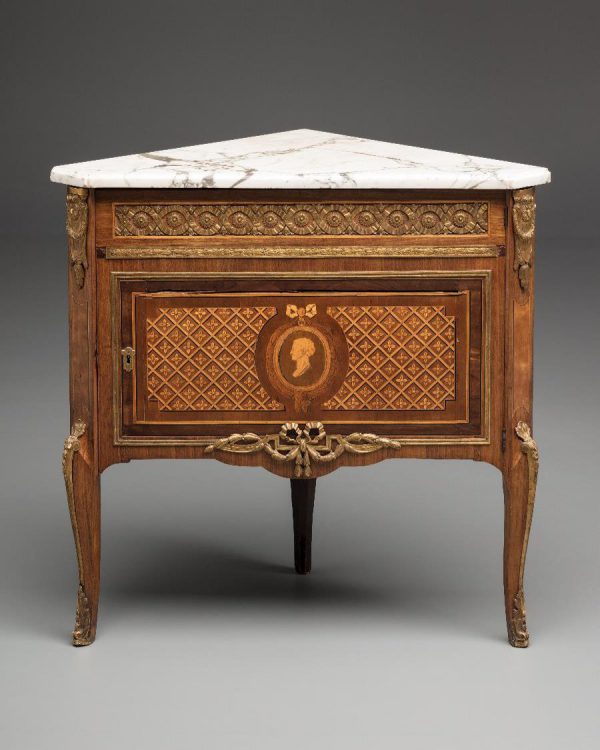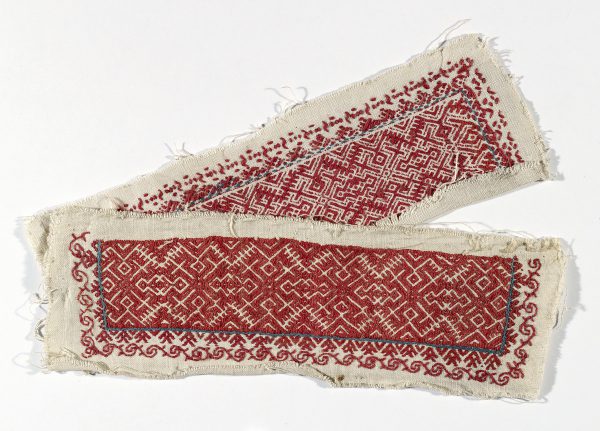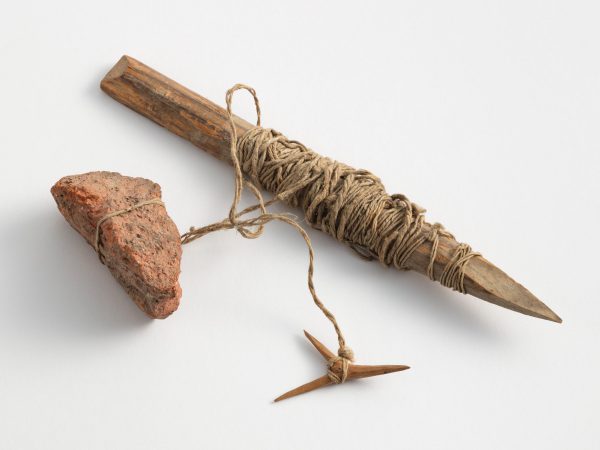Burbot hook
Artefact of the month – January 2024
January’s artefact of the month is a burbot hook from Vähäkyrö. It was obtained for the collections of the National Museum of Finland in July 1904.
It is certainly true that the manifestations of life in winter are rather weak compared to the diverse life that can be observed in our waters in summer, but even in winter, there is movement and the struggle for survival as well as a war of the extermination of creatures but also the creation of new creatures. When the temperature is at its lowest in the dead of winter in February and the snow is drifting down in clouds, that is when the burbot is on the move and spawning. The wedding venues also attract plenty of gatecrashers; there are perch, ruffe, small burbot and all sorts of other fish, greedily feasting on the newly laid burbot roe. Even in winter, the predatory fish will gobble up a small fish from here and there.
Wooden burbot hook
The burbot hook from Vähäkyrö is made from a single piece of wood and tied to an 18-centimetre-long wooden stick. The wooden stick is also known as a stake. The thread is probably made of hemp or linen. The stake is sharp at one end and blunt at the other. The thread also has a weight stone tied to it.
The stake and hook were obtained for the collections of the National Museum of Finland in 1904. Wooden hooks were hardly used any more in the 20th century, and even in the late 19th century, they were mainly used as burbot hooks. Wooden hooks were usually homemade, while metal hooks were already factory-made in the early 20th century.
Wooden hooks were usually made from hardwoods, such as juniper, heather or spruce. Since water softened even the hardest wood, hooks were also made of bone. Two materials could be used to make a single hook, in which case the sharpest part of the hook was made of bone or metal, such as iron wire.
Stake fishing
The stake was struck either diagonally on the edge of a hole in the ice or transversely across the hole so that the hook and the weight stone would dangle in the water. The burbot is a deep-water fish, so the hook was lowered close to the bottom. However, the hook could not be lowered to the bottom because crustaceans would then have been able to eat the bait on the hook. The burbot feeds best at night. Therefore, the bait may have been lifted into the surface water further away from the crustaceans during the day.
The bait was usually live small fish, such as smelt and ruffe. In winter, it could be difficult to obtain enough live small fish, so they were reared in the larger fishing grounds. For example, crucian carps could be reared in closed ponds and mud pits. Baitfish were also kept in the water, for example, in a fish corf made of wood splints.
The baitfish was hooked so that the long, straight part of the hook was lengthwise inside the fish and the blade in the middle went through the belly of the fish. The thread to which the hook was attached could then be wrapped around the middle of the fish.
When stake fishing, the fisherman did not have to stay at the hole all the time but could leave the hook in the water for a few days. Depending on the species, the baitfish could live on the hook from one day to a few days.
Winter angler’s equipment
The winter angler’s equipment usually included a sledge, an ice chisel or axe, a shovel or scoop, bait, a hut and campfire supplies. They also had a food container and, for example, a wooden barrel or a birch bark container for storing their catch. The chisel and axe were used to make a hole and the shovel or scoop was used to clear the snow and slush from the hole. The hut was used as a shelter against the wind.
The old way of fishing, which was also used to catch burbot, was called “kolkkakalastus” (eng. clubbing). In Finnish, it was also called “kolkalla käyminen”, “nuijakalastus” and “hamarakalastus”. Clubbing was usually practised in autumn when the ice on the lakes was already walkable but there was little snow. The burbot that was under the ice layer was knocked unconscious with a wooden club or the back of an axe. After this, a small hole was made in the ice above the fish, from which it was lifted onto the ice.
Kerttuli Hoppa
The quotation is from P. Brofeldt’s book Talvikalastus.
Literature
- Aulio, Olli toim. 2010. Vapaa-ajan kalastaja. Neljästoista painos. Gummerus.
- Brofeldt, P. 1927. Talvikalastus. Otava.
- Sirelius, U. T. 2009. Suomalaisten kalastus I–III. Näköispainos vuosina 1906–1908 ilmestyneistä teoksista. Suomalaisen Kirjallisuuden Seuran Toimituksia 1252, Tiede.
- Tiainen, Sulo toim. 1995. Jokamiehen talvikalastus. SMKL.
- Uitti, Anssi toim. 2011. Talvikalastus 2011. Erä vuosikirja. Otavamedia.
- Vuorela, Toivo 1975. Suomalainen kansankulttuuri. WSOY.


